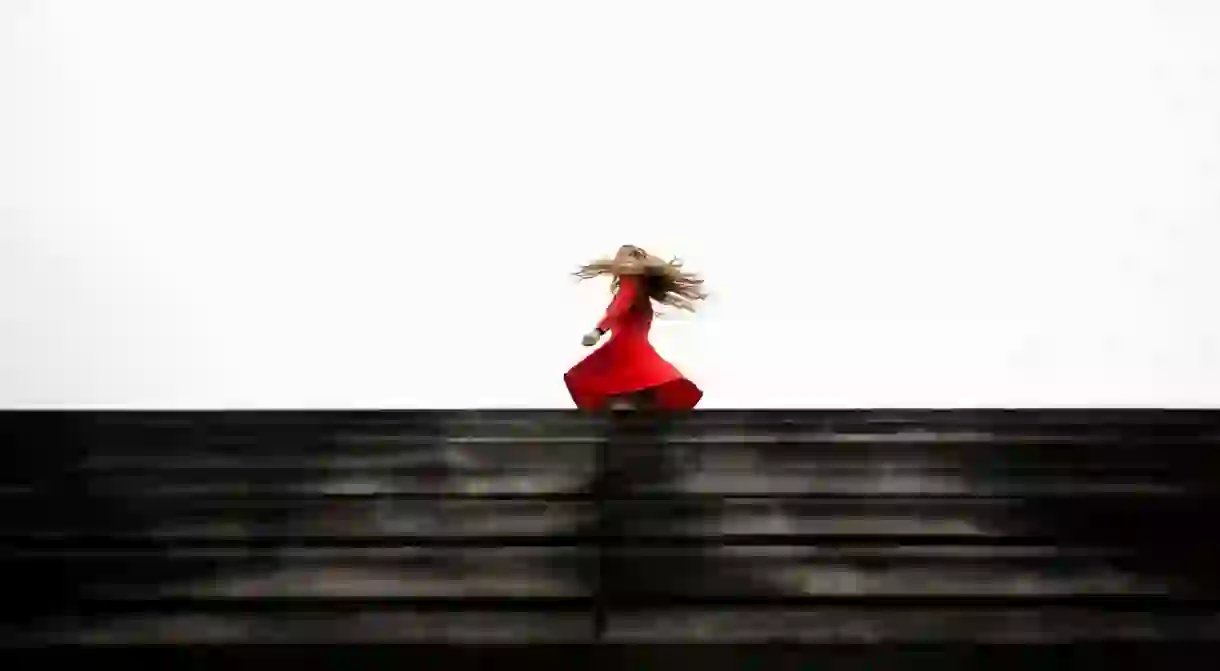European Hairstyles Through The Ages: -

Starting as a novelty back in the 1920s, the hair salon quickly became a staple of women’s grooming routines. In the 1970s, unisex, budget and chain versions took off, cementing our relationship with styling and self-care as we know it.
In 2016, and those searching for a new look can consult platforms such as Rock Pamper Scissors, which streamlines the best hair and beauty salons in your area into one easy-to-use site. With it, you can book appointments, browse salon reviews, and check out real people’s styles. To get some inspiration for your next look, we’ve rounded up the best hair of the last decade.
The bob (1916-1920): Chic, classy crop
Women began opting for practical, shorter haircuts before the First World War, but practicality didn’t necessarily mean a lack of style. The bob haircut, as flaunted by French designer Coco Chanel and French actress Polaire, became popular during the 20s. American actresses such as Clara Bow and Louise Brooks helped boost the style’s popularity on both sides of the Atlantic, although it was still considered shocking in more conservative circles.
Barrell curls (1930s): pretty curls make waves
By the 1930s, women’s hair got longer and softer again. Marcell waves (named after the man credited with the invention of the curling iron) enjoyed an enduring popularity, and permanent waving became increasingly well established. Barrel curls and pin curls were the order of the day and were often dished up with a sleek side parting. German actress Marlene Dietrich showed off this style in particularly spectacular fashion.
Victory rolls (1940s): wartime elegance
Despite the hardships of the Second World War, women of Europe continued to style their tresses with elegance and grace. Swedish actress Ingrid Bergman exemplified one of the hottest styles of the time —victory rolls. This ‘do, named after a World War Two aerobatic maneuver, was characterized by voluminous curls that framed the face. Later, victory rolls would come to be closely associated with the pin-up look.
Bouffant (1950s): the precursor to the beehive
The big, bold bouffant was one of the most popular women’s hairstyles of the 1950s and reflected a return to big lavish hair after plainer wartime styles. The bouffant first surfaced in the mid-1950s and was touted by Life magazine as an ‘aristocratic’ European look. It went on to be adopted by Jackie Kennedy, who was no doubt responsible for its continued fashionable status into the 1960s.
Five-point cut (1960s): slick cut, look sharp
In the 1960s, UK hair stylist Vidal Sassoon performed a revolution on the humble bob. Taking influence from Bauhaus architecture, he created geometric, angular crops throughout the early part of the decade, taking things even further when he styled the UK model Grace Coddington with the five-point cut, a short helmet spiked at each ear and at the nape of the neck. The 1960s were a high point in the European hair timeline, with an abundance of strong looks, but it’s hard to think of a more spectacular hairstyle than this.
Feathered flip (1970s): hurrah for Farrah!
In the 70s, long hair came back with a bang (well, bangs). The most iconic example of this was Farrah Fawcett’s feathered flip, which generated hype on both sides of the Atlantic . In contrast to the sharp looks of the previous decade, Fawcett’s free-falling locks were parted and gently teased back, creating a stylish yet natural-feeling look. It was common for layers or curlers to be employed in order to capture this style in salons.
Mohawk (1980s): punk as you dare
The punk sub-culture that was born in the 1970s vastly expanded its fashion influence at the start of the 1980s. The most popular punk hairstyle among women in the 80s was the Chelsea hawk (a Mohawk with a fringe). For this style, hair was shaved along the side of the head, leaving a longer strip in the middle which would be cemented straight up with hairspray, gel, and sometimes even household liquids. Mohawks were often supplemented with colored dyes for a truly spectacular look.

Mini buns (1990s): kooky cool
Whilst the 90s’ most ubiquitous style was undoubtedly ‘The Rachel’ (courtesy of a certain Friend), there was another look making waves this decade. Pop princess Björk and her headful of cute mini buns created a new style that became the ultimate trendy go-to. US singer Gwen Stefani, whose band No Doubt was rising to prominence in Europe at the time, was also a fan. The tiny twisted topknots were a bold style to pull off, but were adopted by 90s alternative crowd and, later, the catwalks.

Emo hair (2000s): welcome to the black parade
In another instance of music influencing fashion, emo hair swept the continent in the mid-00s. Long, side-swept fringes were key to this style, along with voluminous choppy layers on both sides of the head. Dyed black hair was often sliced through with bleached sections or swathes of bright color. Razor trimming kept the emo hairstyle sharp, while heavy straightener use finished off this bold look.
Ombre (2010-2016): color me fad
No hair trend sums up the last few years better than ombre. Originally a simple process of graduating the hair from dark tones through to lighter shades, the term has now come to refer to everything from natural sun-kissed ends to starkly contrasting dip-dye effects and even ribbons of vibrant color twirled through the tresses. The possibilities the ombre style offers are limitless, which gives the potential for some truly spectacular results.
Did you know – Culture Trip now does bookable, small-group trips? Pick from authentic, immersive Epic Trips, compact and action-packed Mini Trips and sparkling, expansive Sailing Trips.













